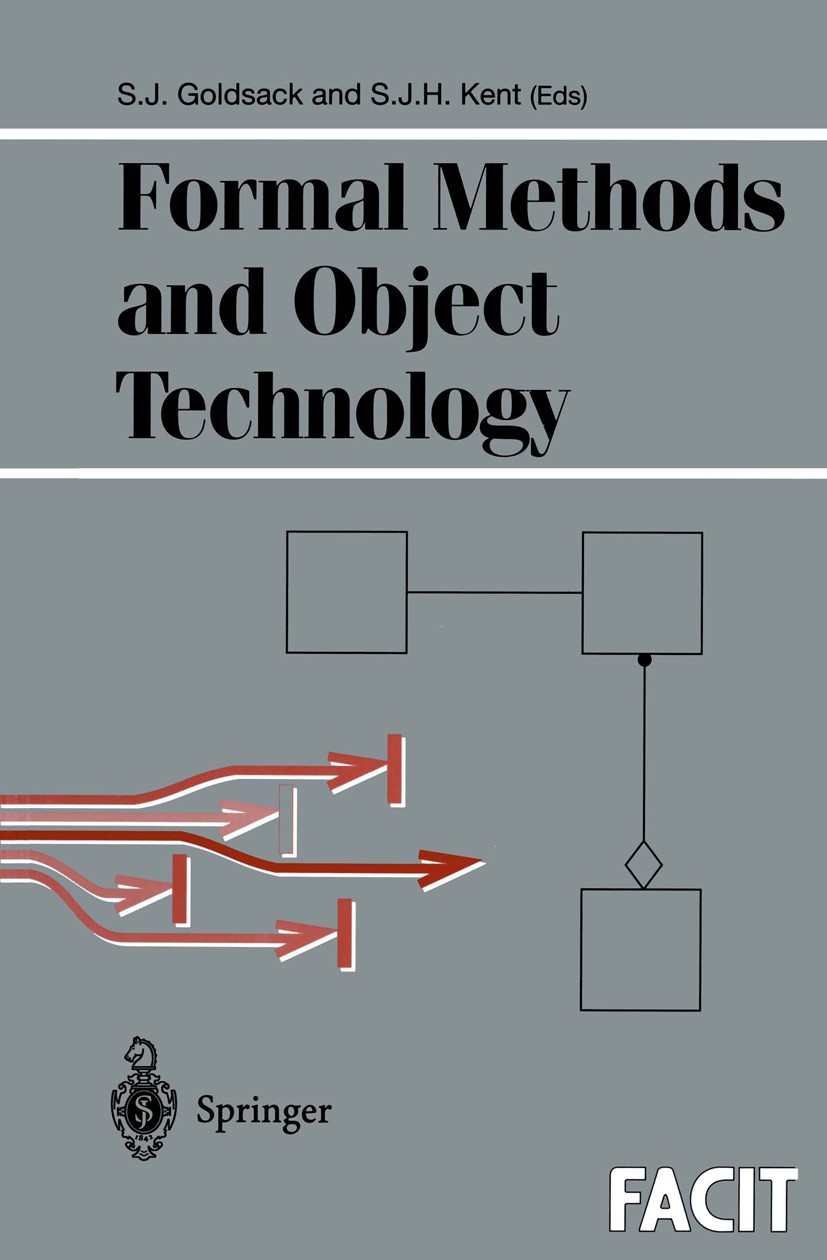| 书目名称 | Formal Methods and Object Technology | | 编辑 | S. J. Goldsack,S. J. H. Kent | | 视频video | http://file.papertrans.cn/346/345732/345732.mp4 | | 丛书名称 | Formal Approaches to Computing and Information Technology (FACIT) | | 图书封面 |  | | 描述 | Rationale Software engineering aims to develop software by using approaches which en able large and complex program suites to be developed in a systematic way. However, it is well known that it is difficult to obtain the level of assurance of correctness required for safety critical software using old fashioned program ming techniques. The level of safety required becomes particularly high in software which is to function without a break for long periods of time, since the software cannot be restarted and errors can accumulate. Consequently programming for mission critical systems, for example, needs to address the requirements of correctness with particular care. In the search for techniques for making software cheaper and more reliable, two important but largely independent influences have been visible in recent years. These are: • Object Technology • Formal Methods First, it has become evident that objects are, and will remain an important concept in software. Experimental languages of the 1970‘s introduced various concepts of package, cluster, module, etc. giving concrete expression to the importance of modularity and encapsulation, the construction of software com ponents h | | 出版日期 | Book 1996 | | 关键词 | C++ programming language; Eiffel; Objective-C; concurrency; development; formal method; formal methods; log | | 版次 | 1 | | doi | https://doi.org/10.1007/978-1-4471-3071-0 | | isbn_softcover | 978-3-540-19977-9 | | isbn_ebook | 978-1-4471-3071-0 | | copyright | Springer-Verlag London Limited 1996 |
The information of publication is updating

|
|
 |Archiver|手机版|小黑屋|
派博传思国际
( 京公网安备110108008328)
GMT+8, 2025-11-13 15:18
|Archiver|手机版|小黑屋|
派博传思国际
( 京公网安备110108008328)
GMT+8, 2025-11-13 15:18


